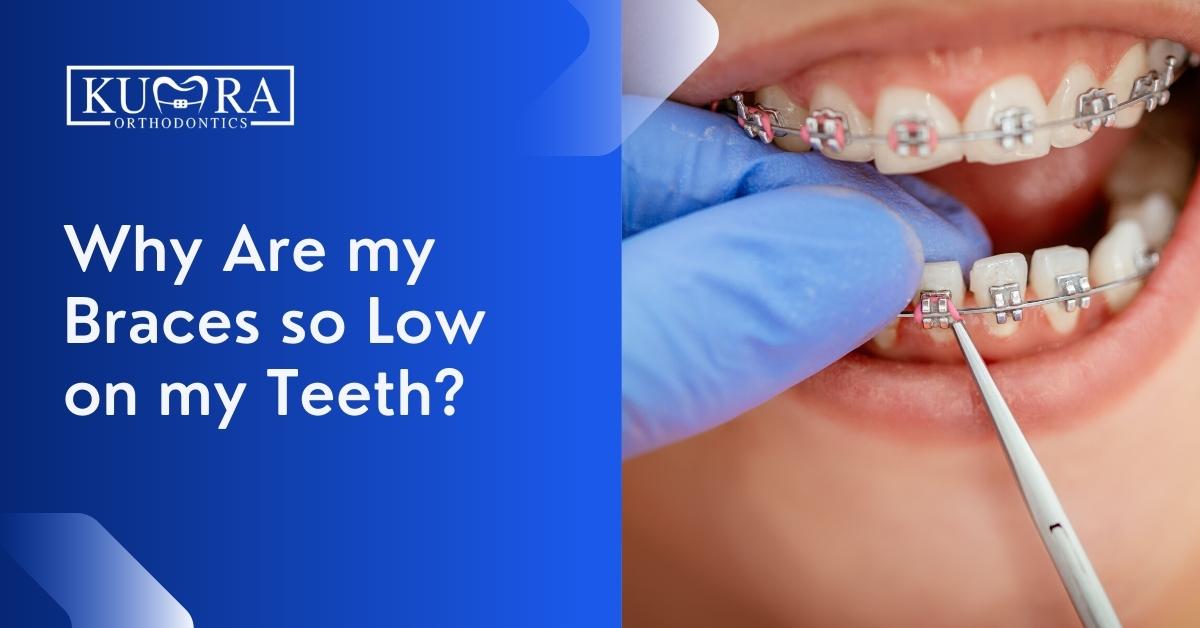Your Overview to Cumming Invisalign: Straightening Teeth with Style and Convenience
Wiki Article
Comprehensive Guide to Orthodontics Procedures for Correcting Dental Imbalances
In the realm of orthodontics, the trip to accomplishing a perfectly aligned smile involves a myriad of procedures tailored to remedy dental misalignments. From traditional dental braces to undetectable aligners and even medical options, the area of orthodontics offers a range of services to deal with varying degrees of dental irregularities. Recognizing the ins and outs of each procedure, including their mechanisms, advantages, and possible downsides, is critical in making educated decisions concerning one's orthodontic treatment. As we browse via the extensive overview to orthodontic treatments for dealing with oral misalignments, the detailed details of each technique will certainly unfold, clarifying the path toward a harmonious and useful dental alignment.Orthodontic Procedures Review

Along with traditional braces and clear aligners, orthodontists might additionally suggest other interventions like headwear, palatal expanders, or retainers to address specific alignment concerns (cumming orthodontist). These treatments are customized to every client's special requirements and may entail a mix of therapies to accomplish the desired results. Regular modifications and monitoring are important parts of orthodontic treatment to make sure development is on track and to make any required modifications along the road. By undergoing orthodontic procedures, patients can not just attain a straighter grin but also boost their general oral health and wellness and feature.
Typical Dental Braces: Just How They Work
When thinking about orthodontic treatments for dental imbalances, traditional braces stand apart as a time-tested approach for dealing with teeth placing. Standard dental braces contain brackets, cords, and bands that work together to apply continual pressure on the teeth, slowly relocating them right into the wanted alignment. The brackets are connected to the teeth utilizing an unique adhesive, and the cables are threaded with the braces. By readjusting the tension of the wires, orthodontists can control the direction and force put on each tooth, directing them right into correct alignment with time.
As pressure is used to the teeth with the dental braces, the bone bordering the teeth is reshaped to support the new tooth settings. Clients will certainly need regular modifications at the orthodontist's workplace to make sure the braces proceed to apply the proper pressure for reliable teeth movement.
Undetectable Aligners: Benefits And Drawbacks
These clear, custom-made trays are essentially unseen when worn, making them an attractive choice for people looking for an extra cosmetically pleasing orthodontic therapy. Individuals can remove the aligners before consuming or cleaning their teeth, minimizing the danger of food getting stuck in the device and streamlining the cleansing process.
Surgical Orthodontic Options
Surgical treatments in orthodontics existing viable alternatives for attending to complex dental imbalances that may not be effectively settled with standard orthodontic treatments. While traditional dental braces and unseen aligners can deal with several orthodontic problems, specific cases call for surgical intervention to attain optimum results. Surgical orthodontic choices are usually suggested for severe malocclusions, considerable jaw discrepancies, and cases where the underlying bone framework requires adjustment to achieve appropriate positioning.One common surgical orthodontic procedure is orthognathic surgical treatment, which involves repositioning the jaws to remedy useful issues such as trouble chewing or talking. This surgical procedure is often carried out in partnership with an orthodontist that assists line up the teeth before and after the procedure. Surgical orthodontics might additionally involve procedures to expose influenced teeth, get rid of excess periodontal tissue, or reshape the jawbone to create an extra unified face account.
Before taking into consideration medical orthodontic choices, patients go through an extensive evaluation to establish the need and potential advantages of such interventions. cumming braces. While surgical treatment might appear complicated, it can substantially enhance both the function and looks of the smile in instances where standard orthodontic treatments fall short
Retainers and Post-Treatment Care

Post-treatment treatment involves following the orthodontist's guidelines faithfully. This may include appropriate dental health practices, attending follow-up visits, and using the retainers as prescribed. Failure to abide with post-treatment care instructions can result in relapse, where the teeth slowly return towards their original placements. Regular retainer wear, great dental hygiene, and normal dental check-ups are necessary for maintaining the outcomes achieved via orthodontic surgery and making certain the long-lasting security of the fixed oral alignment.
Conclusion
In conclusion, orthodontic treatments offer various options for dealing with dental misalignments. Surgical orthodontic options are available for a lot more severe misalignments. In general, orthodontic procedures can successfully boost dental health and visual look.As we navigate with the comprehensive guide to orthodontic treatments for dealing with oral imbalances, the complex details of each method will unravel, losing light on the course towards a useful and harmonious oral positioning. - orthodontist
One of the most typical orthodontic treatments is the usage of dental braces, which are composed of steel home braces and wires that use gentle pressure to gradually shift teeth right into the wanted position.When thinking about orthodontic therapies for oral misalignments, typical dental braces stand out as a reliable approach for remedying teeth placing. In addition, invisible aligners may not be appropriate for complicated orthodontic issues that need more significant teeth activity, as they are typically suggested for moderate to moderate situations. Retainers are customized orthodontic tools made to hold teeth in their dealt with placements after the conclusion of orthodontic therapy.
Report this wiki page